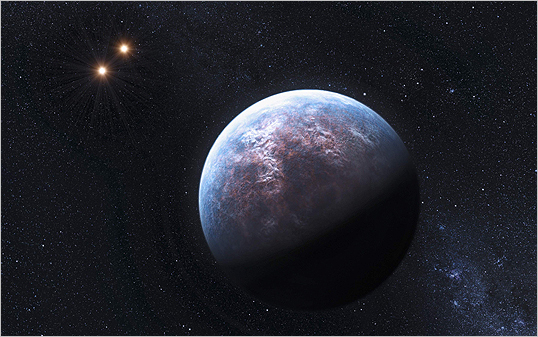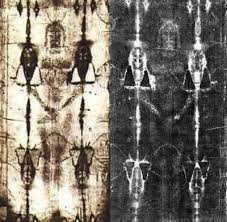 People chatting on mobile phones are oblivious to their surroundings and can pose a risk to themselves and others, scientists have claimed. Researchers made the discovery by watching the movements of hundreds of people as they crossed a university campus.
People chatting on mobile phones are oblivious to their surroundings and can pose a risk to themselves and others, scientists have claimed. Researchers made the discovery by watching the movements of hundreds of people as they crossed a university campus.
They then got a clown to ride a unicycle around the campus square and asked how many phone users spotted him as they walked by. They found that those that used mobile phones meandered randomly and failed to ackowledge other pedesterians. More than two-thirds also failed to notice the clown, even though he wore a purple and yellow shirt, outsized shoes and a giant red nose.

 Science Glance
Science Glance European astronomers have found 32 new planets outside our solar system, adding evidence to the theory that the universe has many places where life could develop.
European astronomers have found 32 new planets outside our solar system, adding evidence to the theory that the universe has many places where life could develop. The first results from Nasa's Interstellar Boundary Explorer (Ibex) spacecraft have shown unexpected features at our Solar System's edge.
The first results from Nasa's Interstellar Boundary Explorer (Ibex) spacecraft have shown unexpected features at our Solar System's edge. The National Museum of Natural History announced Wednesday that it is dedicating a new hall to the story of human evolution, giving emphasis not only to how we became humans but how changes in the natural world affected human development.
The National Museum of Natural History announced Wednesday that it is dedicating a new hall to the story of human evolution, giving emphasis not only to how we became humans but how changes in the natural world affected human development. Scientists have reproduced the Shroud of Turin— revered as the cloth that covered Jesus in the tomb — and say the experiment proves the relic was man-made, a group of Italian debunkers claimed Monday.
Scientists have reproduced the Shroud of Turin— revered as the cloth that covered Jesus in the tomb — and say the experiment proves the relic was man-made, a group of Italian debunkers claimed Monday. A remarkable view of our Galaxy has been obtained by Europe's billion-euro Herschel Space Observatory. The telescope was put in a special scanning mode to map a patch of sky.
A remarkable view of our Galaxy has been obtained by Europe's billion-euro Herschel Space Observatory. The telescope was put in a special scanning mode to map a patch of sky. An ancient human-like creature that may be a direct ancestor to our species has been described by researchers. The assessment of the 4.4-million-year-old animal called Ardipithecus ramidus is reported in the journal Science.
An ancient human-like creature that may be a direct ancestor to our species has been described by researchers. The assessment of the 4.4-million-year-old animal called Ardipithecus ramidus is reported in the journal Science.






























